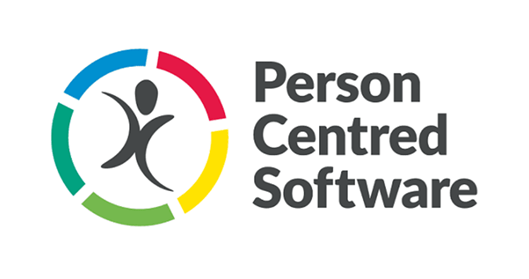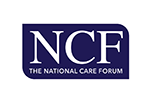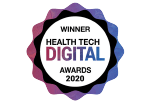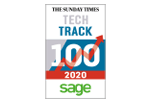
Published in Page 22 of The Carer, The Carer Online
With the care sector embracing technology more so than ever to help adapt to the ‘new normal’, what are the ramifications of being left in the digital dark age in today’s care environment?
There was a phrase in common use 20 or more years ago, which was “if it wasn’t evidenced, it wasn’t done”. This was used to move people from delivering good care, to documenting the good care that they delivered. It enabled regulatory bodies like CQC to carry out inspections without needing to be there 24/7 to see all the care that was being delivered.
There is another change that is going to happen, and it will again help the regulator, but will also help a whole lot more people, including the care provider. About 30 per cent of care providers have already adopted this change, but the coronavirus pandemic has increased the need for all care providers to adopt it. This change is ‘Digital Care’, which quite simply is taking documentation from paper to mobile devices and making it less onerous, whilst at the same time opening up numerous new opportunities.
Digital care is a significant change to how care providers operate, and can seem daunting. There are a number of software providers who claim to provide the best solution, and it is easy to choose based simply on price and the hope that the sales presentation is realised. Unfortunately, when software doesn’t live up to the sales presentation, care providers are left believing all software is of a similar ilk and may revert back to paper with the intent to never attempt the change again. Whilst this conclusion is totally understandable, digital care, like written evidence, is a change that cannot be stopped.
The technology also enables regulators to receive summarised information that can highlight out of bounds scenarios automatically. CQC, in particular, has recognised that this will enable more efficient inspections, which will save costs. Whilst some inspectors may not yet be on board with this change, it will happen - and care providers will be encouraged to make the change.
The benefits of appropriate software to enable digital care extend far further than the regulator. Other bodies, such as GPs, MDT teams, social workers, and funding bodies are recognising the opportunity for digital care to provide insights into social care without having to physically visit the care provider. This information can be readily summarised automatically, giving insights with minimal effort that would have been nigh on impossible with paper-based systems. Families with loved ones in care can view the care information and interact with their family member remotely, with proven benefits to all involved. Appropriate digital care software also vastly reduces the overhead of maintaining the information that is required, by about three days per person, per month - time that can be used to improve social interactions with people being cared for. When correctly implemented, digital care software improves the lives of all people involved in social care.
There is another element that digital care provides, and this is interoperability with other care settings, such as the NHS. Interfaces are being created to enable social care providers to access information held within NHS systems, and these will help communicate information about people receiving care automatically. Care providers will be able to view the medication people are receiving, with no additional effort. There is already a specification for a shared care record so that social care and health care have access to the same information about each person. Already, transfers from a social care setting to a hospital can have the care plan digitally copied to the hospital so that it can’t be lost, and is available to specialists before the person arrives, being totally up to date.
Overall, digital care is something that has so many already proven benefits, that it can’t be stopped. It is likely within the next few years to become mandatory, but the opportunity to take advantage of the benefits will be available to the care providers that make the change sooner, and as the industry moves from 30 per cent adoption to above 50 per cent, indecisive care providers will risk being left out in the cold.







.webp?width=80&height=80&name=HTD%20Awards%202023%20Badge%20(4).webp)














